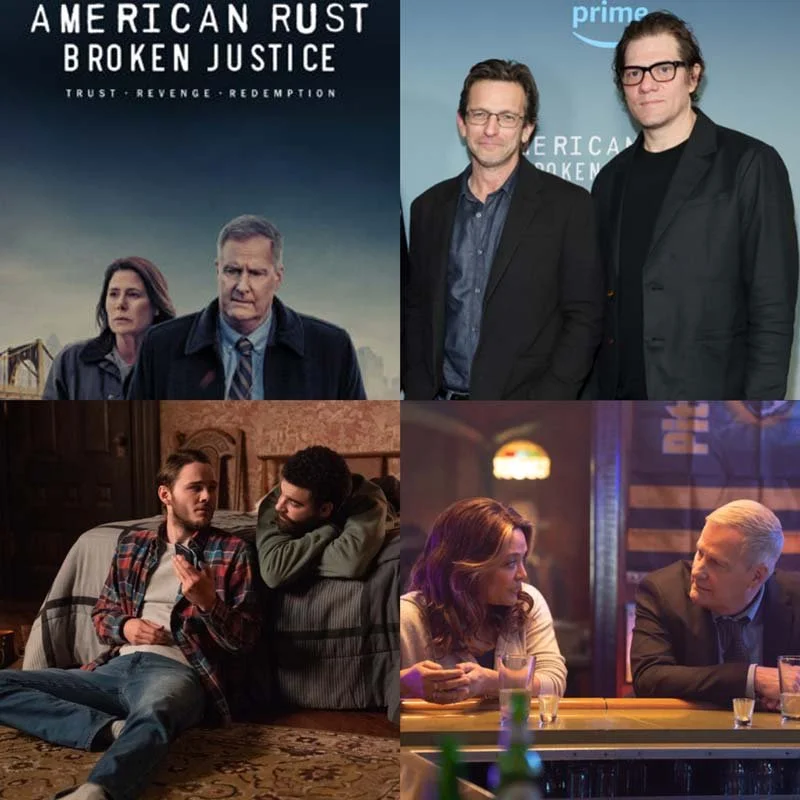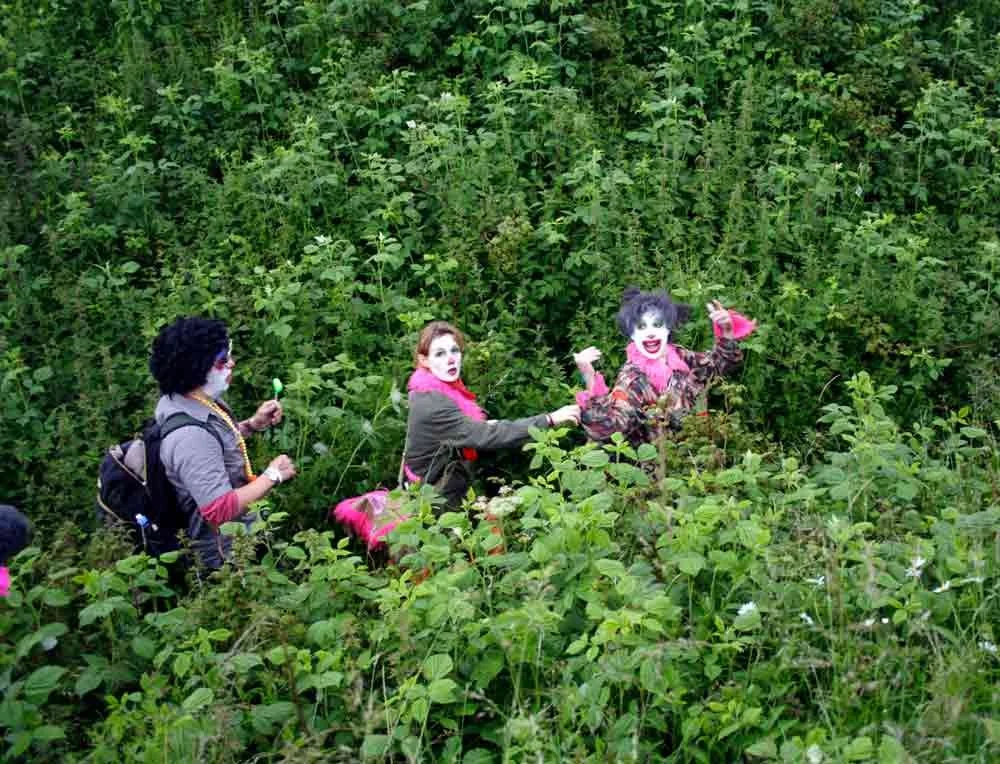I think one aspect of the importance of the arts or creativity is that they spark conversation and facilitate the exchange of opinions. I enjoy sharing my artworks with my friends and listening to their interpretations. Their responses are usually unexpected and very different from my original ideas. Learning different modes of thinking and perspectives, I regard this interaction between artwork and viewers as an enriching process for artwork and a horizon-broadening experience for myself.
Another aspect is that the arts and creativity help me to have a clearer image of myself. For me as a viewer, the investigation in each artwork is not only a fascinating intellectual practice, but also a perfect chance to deconstruct my thoughts and reflect. I always start my interpretation by deciphering my immediate sensuous impression on the artwork. As I dig deeper, I trace back the "archeology" of my impressions, trying to find the reasons why I would feel the way I feel. This process never fails to make me more aware of who I am and what I want. Sharing my thoughts with other people also makes me feel connected to the dynamic artistic discourse.
In my collaboration with The Creative Process, I am contributing to curating an exhibition to invoke conversations among its viewers. Having enjoyed and learned so much in the world art, I also want to be the initiator of an artistic discourse and share my pleasure with more people. Always desperately wanting to know about different cultures in the world, I am also excited by the international collaboration opportunity offered by the program. I cannot wait to meet a group of amazing people and form a new community where one can freely talk about art and constantly inspire others and get inspired.
As a prospective art history student, I conducted my first curatorial practice last academic year. In the course Masterpieces of Western Art, I came up with the theme "Chamber," chose 5 artworks from the syllabus, including The Last Supper by da Vinci, Gare St. Lazare by Monet, Fallingwater by Frank Lloyd Wright, Las Meninas by Velázquez, and Ann by Andy Warhol, and wrote an exhibition proposal. In the exhibition, I mainly focus on the relativity of space.
I am very interested in making art. Recently, I have been planning a performance art project, in which I learn to recite works of literature in languages that I do not understand, by mere oral communication with the language speakers. By doing so, I try to bring back the most ancient forms of information dissemination----like folk songs collected in the Ancient Chinese literature classic Book of Odes or Ancient Greek epic poems performed by bards----and combine it with nowadays technologies, which shares the temporal quality and lack of spatiality with the ancient form of communication. This project is inspired by an article that discusses the subtle difference between spoken and written forms of language by Wolfgang Ernst called "'Electrified Voices': Non-Human Agencies of Socio-Cultural Memory."
I also have been planning an art project about "female gaze" in reaction to the previous intense discussion on women's freedom of dressing in China. I plan to collect as many photos of men's nipples as possible and construct an aesthetical evaluation system of men's nipples with a panel of women volunteers.
In the near future, besides my coursework, I will assist a researcher at UChicago with her research on contemporary Korean photography in the upcoming semester. Hopefully, I can start my first independent art history research project in my sophomore year. After I graduate from college, I plan to pursue a Ph.D. degree in Art History.
I wish to put at least one of my art projects into reality. I have been talking with my friends to perfect my designs for the projects, and ideally will finalize them by October. Then I will be contacting people with different linguistic backgrounds/publicizing the call for volunteers for nipple pictures and the panel.
A creative period of time I’m interested in is 1980s in China because young people of that time had the bravery, passion, and rebellious spirit that lack today. The avant-garde art community back then was unprecedentedly active, too. In the June 4th Movement, a group of students of Central Academy of Arts made a monumental sculpture of a localized version of Statue of Liberty and carried it on Tiananmen Square to declare their pursuit for freedom. It did not take long for the government to react----the sculpture was razed to the ground on the exact day it was erected on the square. A series of photos captured the moment of Statue of Liberty being crushed by a tank. When I saw the images, I suddenly feel thrilled by the young artists' spirits. Under their empowerment, I wish to have the courage to be part of a reckless, disobedient generation of young people that no longer exists in China.


















































